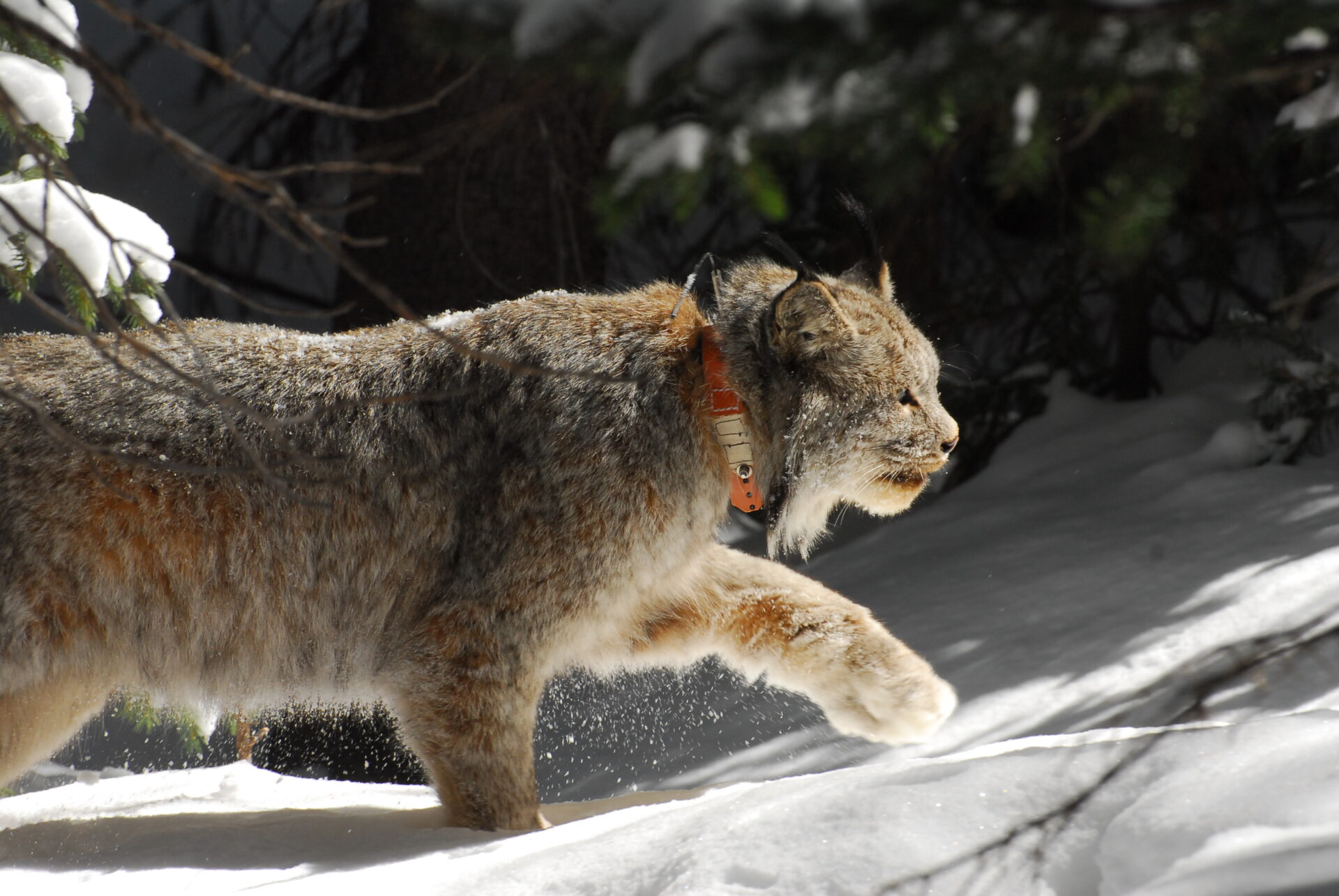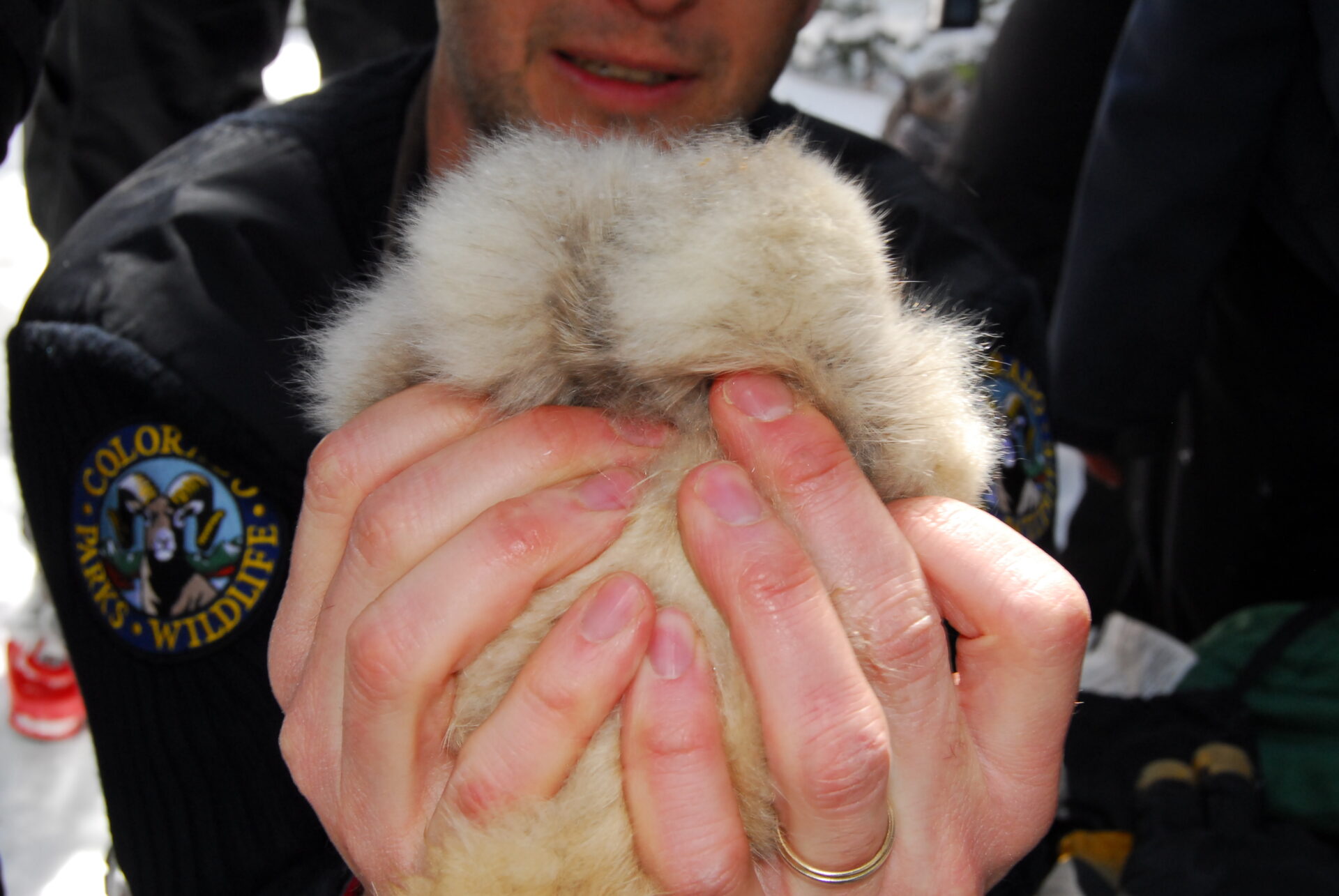There are many mythical creatures that roam the wildlands of Eagle County, but Canada lynx may be the only real animals of lore that share this beautiful area with all of us. Lynx have a strong history in this county, and their presence here has had many ebbs and flows over the years. Legend has it that the last native Canada lynx was killed near Vail, and these animals were successfully re-introduced to the state in the early 2000s with several documented individual staking residence here. The controversial expansion into Blue Sky Basin at Vail was protested upon under the lens of encroachment into lynx habitat, and still, many believe the existence of these majestic animals is just fallacy. Contrary to this, Canada lynx do live in the area and have been coexisting with Eagle County residents for years.

Photos by Steve Sunday
Like many of us that reside in Eagle County, we came here for the expansive landscapes and the winter recreation that is provided by our bountiful public lands. The same ecosystems that provide for world-class skiing can also provide habitat for small mammals and their associated predators, and just as we use bigger skis to float in the deeper snow, lynx and their main prey source — snow-shoe hare — have adaptations that allow them to travel and survive in areas with a lot of snow. The paws of a Canada lynx are similar in size and surface area to a full-grown mountain lion, even though lynx are less than a quarter of the weight of their feline cousins, and this allows them to out-compete other predators in the winter environment, making them truly winter specialists. This is crucial to their survival and ability to success-fully hunt snowshoe hare in the cold winter months. These cute little rodents provide the majority of the prey base for Canada lynx, but lynx are not their only predators in the deep forest. These animals are hunted both by ground and aerial based predators, so they thrive in forests that have a mature over story of trees to protect them from above and a younger generation of trees that provide more horizontal cover from predators that hunt on the ground. These are often more old-growth forests dominated by Engelmann spruce and sub-alpine fir that are on higher elevation slopes that are primarily North-facing in aspect. These habitats are critical to the survival of these organisms but are also very attractive to other winter specialists that take the human form.
Just as lynx require these ecosystems to survive, we as winter enthusiasts also need deep snow and the solitude of the forests to feed our souls. Although not intentional, our presence and development of the land can adversely affect these sensitive creatures by disturbing their hunting and mating patterns. This creates a challenge for us people who thrive in the winter environments as we attempt to explore the wild corners of the county. In order to strike a balance and maybe even to get a chance at seeing one of these magical creatures, consider your impacts to their habitat and attempt to minimize it, so that Canada lynx can continue coexist with us in Eagle County.
